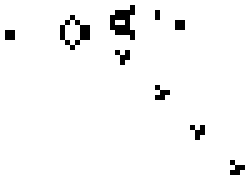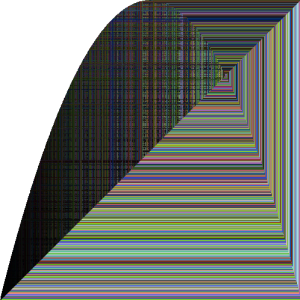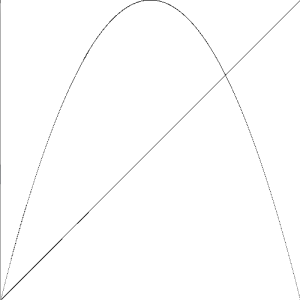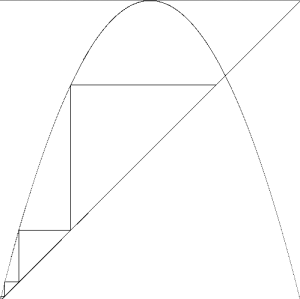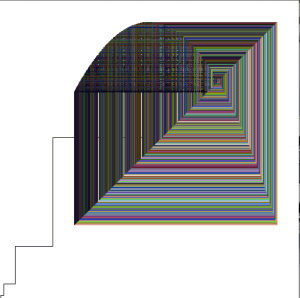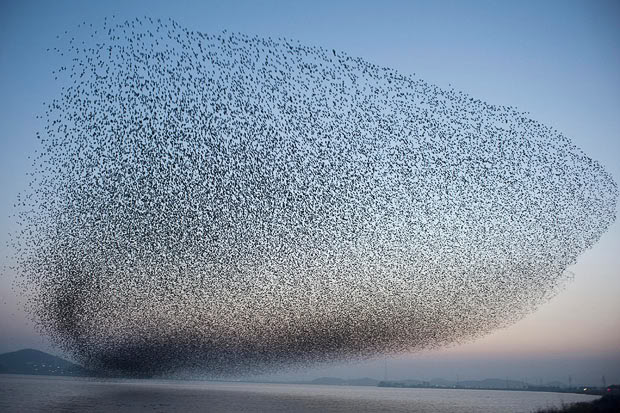 Think of a flock of birds. Bird flocks often demonstrate dazzling behaviors. They are breathtakingly beautiful, unpredictable, complex — but not if you look on a different scale.
Think of a flock of birds. Bird flocks often demonstrate dazzling behaviors. They are breathtakingly beautiful, unpredictable, complex — but not if you look on a different scale.
In 1986 Craig Reynolds developed a little program named Boids (bird-oid objects) modeling the behavior of bird flocks. In the program, individual boids follow simple rules: they try to fly at the same speed as their neighbors, they fly towards the center of the flock, and they try not to bump into other boids. The pattern which his Boids program demonstrated was similar to that of a bird flock.

This property of emergence (simple rules leading to complex patterns) is observed in swarm intellegence, among many other things. An ant colony can achieve many great feats, but individual ants are very simple. There is no single ant in an ant colony that actually know what’s going on, whether the colony needs food, or whether they need to build something. Their actions are somewhat reflective of their neighbors. In this system of an ant colony, ants are not independent, nor totally dependent of each other; they are interdependent. It is this interdependency that allows them to achieve complex behaviors without knowing it.

